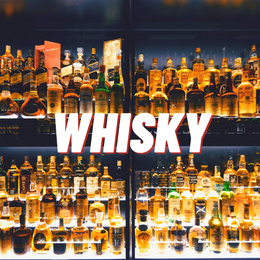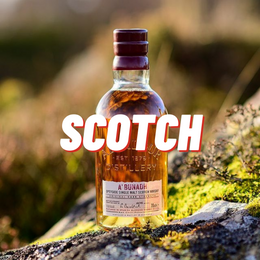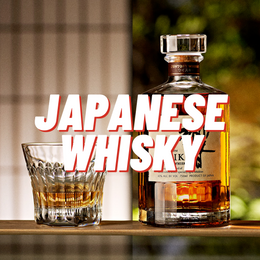Pronounced Pete

What the heck is that?
Many pre-Whisky lovers (I call them that, because they'll love whiskies soon enough) have the preconceived notion that whiskies are very smokey or ashy and so can be quite difficult on the palate or harsh on the throat. This is also often associated with a medicinal, cough syrup, bitter profile known as "peaty" flavors.
This infamous/famous (?) reputation comes from a thing called "Peat". Peat actually refers to peat bogs - soil that is rich with partially decomposed organic matter and have accumulated over years. They have the appearance of mud and are cut into bricks which are used to heat and smoke barley before it is germinated to produce sugars that later are fermented to produce alcohol which is then distilled and finally matured and bottled for drinking.


Not too unlike a campfire. (Image Source: Outdoor Know How)
It may sound strange but think of yourself as a happy camper trying to start a campfire. You'd gather up some sticks and leaves which you'd then try to catch on fire so that you can grill up that nice fish you caught or maybe toast some bread or marshmallows. If you've done so before, you might have also noticed that sticks and leaves are not just all over the place, it's pretty difficult to get them to catch fire. Hence, peat! Peat has all of that great fuel for burning and it's also compact and dense, with great capacity to generate lots of heat!
Of course, the by-product of which is smoke! Not too different from a campfire. This smoke gives the barley a smoky flavor that is what has given whiskies somewhat of their reputation!
Who cares?
One man's poison is another man's honey.
For as many people who are thrown off by whisky's smokey reputation, on the flip side, tons of whisky lovers out there call themselves Peatheads, and absolutely love whiskies for those flavors.
Peated whiskies can accentuate fruity flavors to give off notes of grilled pineapple, smoked apples or barbequed meats, and go great paired with Asian food, particularly wok-fried delights.

Islay peat is associated with more coastal, maritime flavors that can also come off more herbaceous and medicinal due to its unique composition. (Image Source: Islay Blog)
Also, while peated whiskies are often given credit (or blame) for their medicinal bitter flavors, that profile is actually only a subset of peat styles known as Islay peat. This is because Islay peat's composition is primarily of seaweed and maritime organic matter (as Islay is literally an island off the coast of Scotland, whose climate is very wet and damp) that gives the peat a more wet, mossy, herbaceous flavor that is also characterised by notes of sea spray, iodine and chalk.
There are other peat styles such as Highland peat, which sports more fragrant fruity, as well as earthy, umami flavors that are often associated with heather honey, apple wood chips and black truffles. This is because Highland peat is mostly comprised of shrubbery and plant-based matter, as the Scottish Highlands are known for a more cool and drier climate.

The cooler Scottish Highlands are associated with more rich, earthy and even sweeter peat. (Image Source: Expert Vagabond)
Ultimately, the style of peat depends on what the composition of the peat is, which in turn depends on where the peat was harvested. Not all peat is created equal!
Why should I care? And more importantly, should I try it?
Don't be too quick to write off peated whiskies or even whiskies in general. Peated whiskies form a small subset of whisky styles and the majority of whiskies out there are not actually peated!
Even within peat styles, there's a variety of them out there, and many of which use peat as a complimentary flavor to introduce more dimensions to the whisky, and can be fairly well balanced. Not all of 'em are peat bombs!

The BenRiach Smoke Season is a great entry point to the microcosm of peated whiskies. (Image Source: BenRiach)
If you want to get acquainted with peated whiskies without feeling like you're running into a burning building, try starting with a peated whisky Highball cocktail, where a peated whisky is mixed with carbonated tonic water or even a soft drinks, and then gradually move on to try some peated Highland whiskies before heading over to try your Islay smoke bombs.
Some peated Highland whiskies include BenRiach and Ardmore, while a popular blended whisky with some peat is Teacher's Highland Cream. Whereas some great examples of peaty Islay whiskies include Octomore, Port Charlotte, Lagavulin and Talisker.
Yes, don't knock it till you've tried it!







